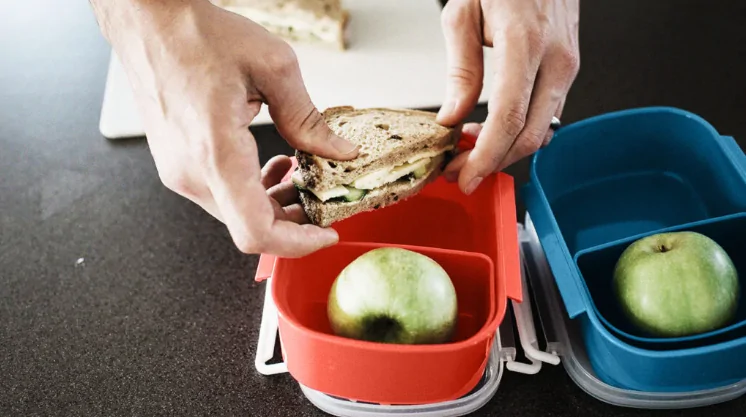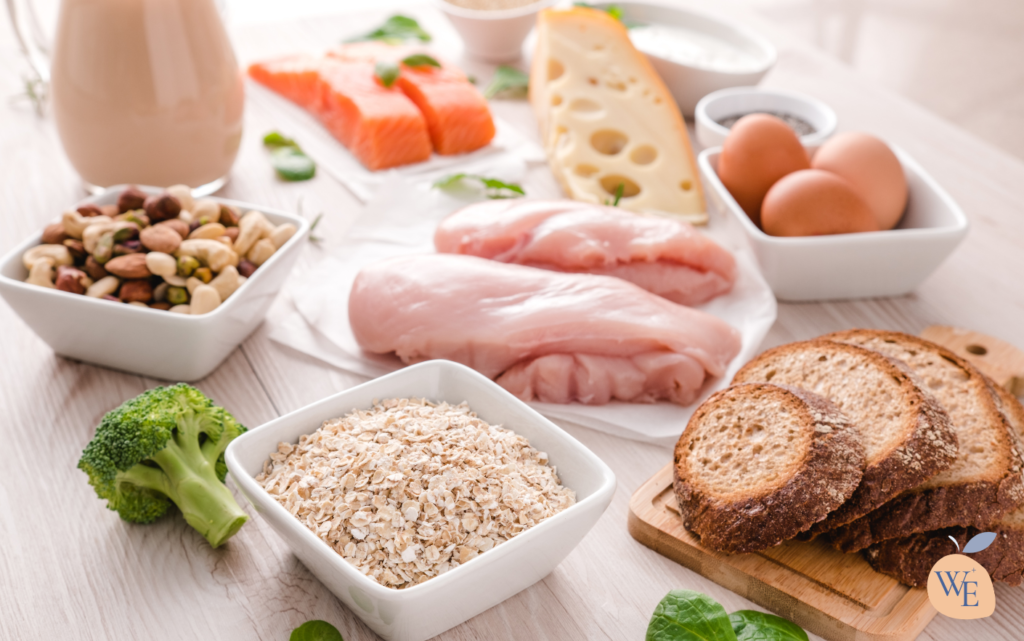Which foods can help to lower and control blood sugar?

Foods with a low glycemic index (GI) can play a crucial role in helping individuals lower or manage their blood sugar levels effectively. These include whole grains, nuts, legumes, certain fruits, non-starchy vegetables, and lean proteins. For individuals managing diabetes, foods and beverages that the body digests slowly are typically preferred because they help avoid sudden spikes and drops in blood sugar levels. Health professionals often recommend these as low GI foods, as the glycemic index measures how specific foods affect blood sugar levels. Those seeking to regulate blood sugar levels should consider incorporating foods with low or medium GI scores into their diet. Additionally, balancing meals by combining foods with both low and high GI scores can help maintain steady blood sugar levels. It’s important to note, however, that there is no evidence suggesting that consuming specific foods can rapidly lower blood sugar levels in cases of a diabetes-related emergency. Here are some of the top foods recommended for maintaining healthy blood sugar levels: Stone-ground whole wheat or pumpernickel bread Several types of bread have high glycemic index (GI) scores, which can lead to rapid spikes in blood sugar levels. Research indicates that adopting low GI eating patterns can gradually improve a person’s blood sugar response over time. Therefore, individuals with diabetes may want to consider avoiding certain varieties of bread. Breads to eat Breads to avoid Most fruits except for pineapples and melons, generally have low glycemic index (GI) scores. This is due to their high water and fiber content, which helps balance out their natural sugar content, known as fructose. However, as fruits ripen, their GI scores tend to increase. Fruit juices also typically have very high GI scores because the juicing process removes the fibrous skins and seeds. Therefore, consuming fresh fruits is preferable. A 2017 study that tracked approximately half a million people in China over 7 years found that those who consumed fresh fruit daily had lower rates of type 2 diabetes (T2DM). Fruits to eat Fruits to enjoy in moderation Sweet potatoes and yams Have lower glycemic index (GI) scores compared to white potatoes, although they are still relatively high. Despite this, they are highly nutritious. Sweet potatoes are rich in fiber, potassium, zinc, and vitamins A and C. Health experts often suggest sweet potatoes as a beneficial alternative to white potatoes in various dishes, ranging from fries to casseroles. In addition to incorporating more sweet potatoes and yams into their diet, individuals may consider reducing or avoiding white potatoes and commonly consumed products made from them, such as french fries and mashed potatoes. Oatmeal and oat bran Oats have a low glycemic index (GI) score, making them less likely to cause spikes and dips in blood sugar levels. Additionally, oats contain beta-glucan, which has several beneficial effects: A 2021 meta-analysis of 103 trials examined the impact of beta-glucan on post-meal blood sugar levels. The findings indicated that meals containing beta-glucan from carbohydrates were associated with lower blood sugar levels compared to meals without beta-glucan. Stone-ground and rolled oats are typically recommended over processed oats, instant oats, and cereal bars. Garlic Garlic is commonly used in traditional remedies for diabetes and various other conditions. Compounds found in garlic may contribute to lowering blood sugar levels by enhancing insulin sensitivity and secretion. According to a 2017 review, garlic supplements were found to assist in managing blood sugar and cholesterol levels in individuals with type 2 diabetes (T2DM). Ways to add garlic to the diet Fatty fish Fish and other animal proteins typically do not have glycemic index (GI) scores because they do not contain carbohydrates. However, consuming fish rich in omega-3 fatty acids like docosahexaenoic acid (DHA) and eicosapentaenoic acid (EPA) may offer better management or prevention of diabetes compared to other types of animal protein. A 2021 study revealed that individuals who regularly consumed oily fish had lower rates of developing type 2 diabetes (T2DM) compared to those who did not. Additionally, a small-scale 2017 study indicated that participants who included plenty of fatty fish in their diets showed improved blood sugar regulation after meals compared to those who did not consume fish. While further research is needed, there is some evidence suggesting a potential link between mercury and T2DM. Health experts advise limiting consumption of fish high in mercury, particularly among children, pregnant individuals, and nursing mothers. Fish products to eat Fish to limit
Other ways to lower blood sugar levels

Maintaining a healthy, well-balanced diet is essential. Beyond diet, there are additional strategies that can help lower or manage blood sugar levels while also offering intriguing insights: Individuals with diabetes may also require medications and regular blood sugar monitoring to mitigate the risk of potential complications and symptoms. Consulting with a healthcare provider can provide personalized guidance on integrating a healthy diet into a comprehensive diabetes care plan. Below are frequently asked questions relating to diet and blood sugar control. What foods are good for hyperglycemia? Choosing healthy proteins, fats, and non-starchy vegetables can effectively manage hyperglycemia. Carbohydrates that are lower in sugar and high in fiber are less likely to cause spikes in blood sugar compared to refined carbs. Optimal carbohydrate choices include: Additionally, lean proteins such as chicken, oily fish, and non-starchy vegetables are excellent options for managing hyperglycemia. What foods cause hyperglycemia? Hyperglycemia arises from insufficient insulin production or insulin resistance. The underlying factors contributing to hyperglycemia are typically complex and vary based on inherited predispositions, overall health, dietary habits, and lifestyle choices. However, diets rich in processed carbohydrates and sugars significantly elevate the risk of blood sugar spikes. What foods to avoid if you have hyperglycemia? When managing hyperglycemia, it’s advisable to restrict high-sugar foods and simple, refined carbohydrate products. Specific items to limit or avoid include: What foods will lower blood sugar quickly? The quickest method to lower blood sugar levels is through the administration of fast-acting insulin medication. Physical exercise is another effective way to rapidly reduce blood sugar levels. While diet and lifestyle adjustments play a crucial role in managing overall blood sugar levels over time, immediate intervention may require prescription medication or medical intervention.
